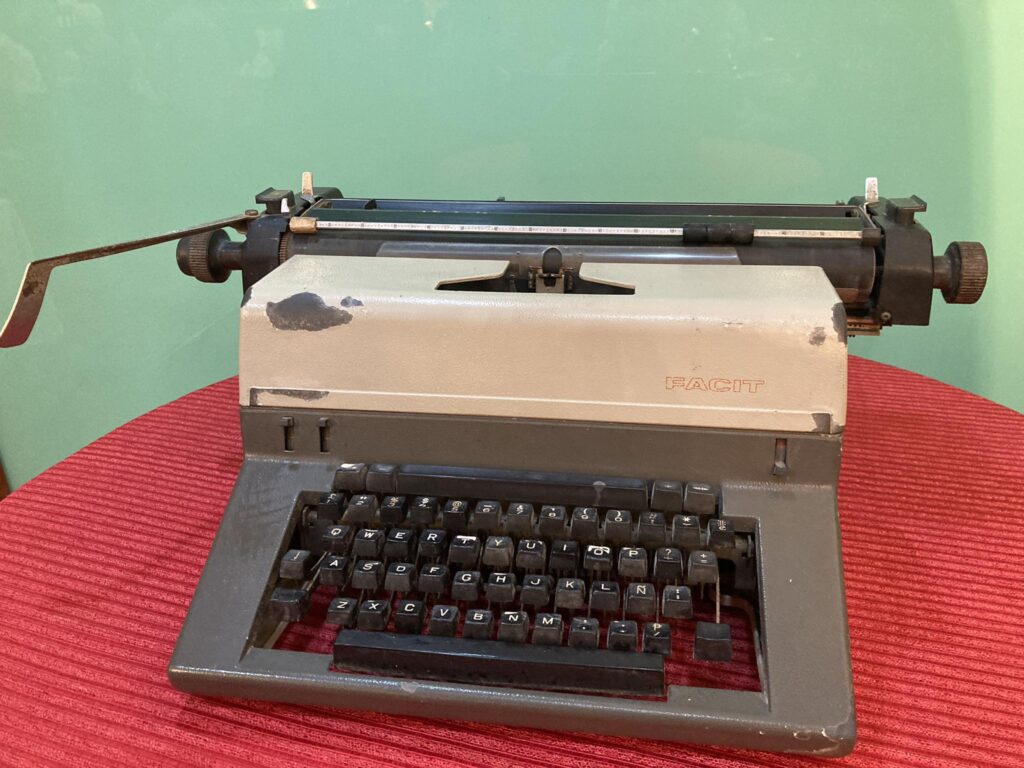Today, the world celebrates the beauty of poetry as we acknowledge the mighty power of the pen and commemorate the people who notably held it.
As we recall Western literary geniuses like William Shakespeare and Edgar Allan Poe, what better way to celebrate this annual holiday as a Cebuano than to recognize some writers of our own?
Cebuano poetry is a thriving art form on its own tracing back to its early beginnings in the 20th century. It was Vicente Ranudo, the Father of Cebuano poetry, who notably established the genre, not just differentiating it through its language use but generally through its themes and influences.
READ MORE:
Lad from City of Naga makes appreciation poem for frontliners
To preserve his legacy and appreciate the wonder of the genre, CDN lists five of the most notable Cebuano poets who shared their writing prowess from the mid-90s to early 2000s.
Vicente “Butch” Bandillo
Born in Alcantara, Cebu, Bandillo flourished to become an important icon in Cebuano poetry, becoming a co-editor of Cebuano Studies Center’s “Anthology of Cebuano Poetry” in 1998. In 2019, the Bathalad-Sugbo even acknowledged him as one of the Top 15 Literary Writers in Cebuano in Post-World War II, along with other colleagues.
Some of his popular works include “Nganong Way Lamok sa Balay sa Tigpatanto” and “Nakaila ko Nimo Mao nga Mangutana ko sa Imong Ngalan.” Apart from his writing career, he also served as the Philippines’ ambassador to Bangladesh, Sri Lanka, and Maldives
Erlinda Alburo
Alburo is the former Cebuano Studies Center director and member of the Women in Literary Arts (WILA). She charted her legacy in the local scene as the only woman Bathalad-Sugbo shortlisted for Cebuano’s top post-WWII literary writers.
In her acclaimed poem “Patay Na Tuod si Maria Clara,” she creates a conflict between the traditional Filipina image represented by Jose Rizal’s iconic novel character and the kind of women that Alburo’s time need:
Ang kinahanglan nga babaye karon
maalam molalik sa awit nga iyang tukaron,
maabtik mangitag idalit nga sud-anon,
molihok bisag wala pay bendisyon.
In closing the poem, she playfully retorted that the persistence of Maria Clara’s influence on women is long dead, even before the death of the persona’s traditional-thinking mother.
Leonardo Dioko
The Cebuano poet became active in writing ever since his younger years in education at Abellana National School and the University of Visayas. For the succeeding years, he exemplified writing poetry pieces that gained him recognition and accolades left and right.
Unfortunately, Dioko died in 1983, but only after publishing numerous works that marked his place in the history of Cebuano literature. A testament to this is his poem titled “Mga Dalan Paingon sa Amo,” which he published in 1961, which painted a picture of a persona on his way to an allegorical or literal home, depending on the readers’ interpretation.
Adonis Durado
This Cebu-born poet represents the more contemporary side of Cebuano poetry, with his works spanning until the recent decades. He is most popularly discussed in some classes on Cebuano Literature with a primary focus on his poems like “Balaki ko ‘Day Samtang Gasakay Ta’g Habal-habal” and “Pansit,” among other works.
Nonetheless, a poem that excels among his other works is his “Dili Tanang Matagak Mahagbong,” published in the book of the same name. This literary piece started creating a metaphor out of bird droppings only to discuss deeper topics, including marriage endings and a couple’s death.
Apan, diin man kuno minglagapak imong katawa
Dihang lanog mong gipalukso sa karaang atabay?
Hain tugpa ang mga ngalan, pulong nga nasaknit?
These marvelous poets only represent a small fraction of the rich history of Cebuano poetry. Other poets may be left out of the list, but they still stand as important figures who built and evolved the art form.
From its early origin until its contemporary legacy, Cebuano poetry has inevitably evolved like any other medium. Nonetheless, it has a heart unique to the Cebuano identity that we rarely see in other art forms.
